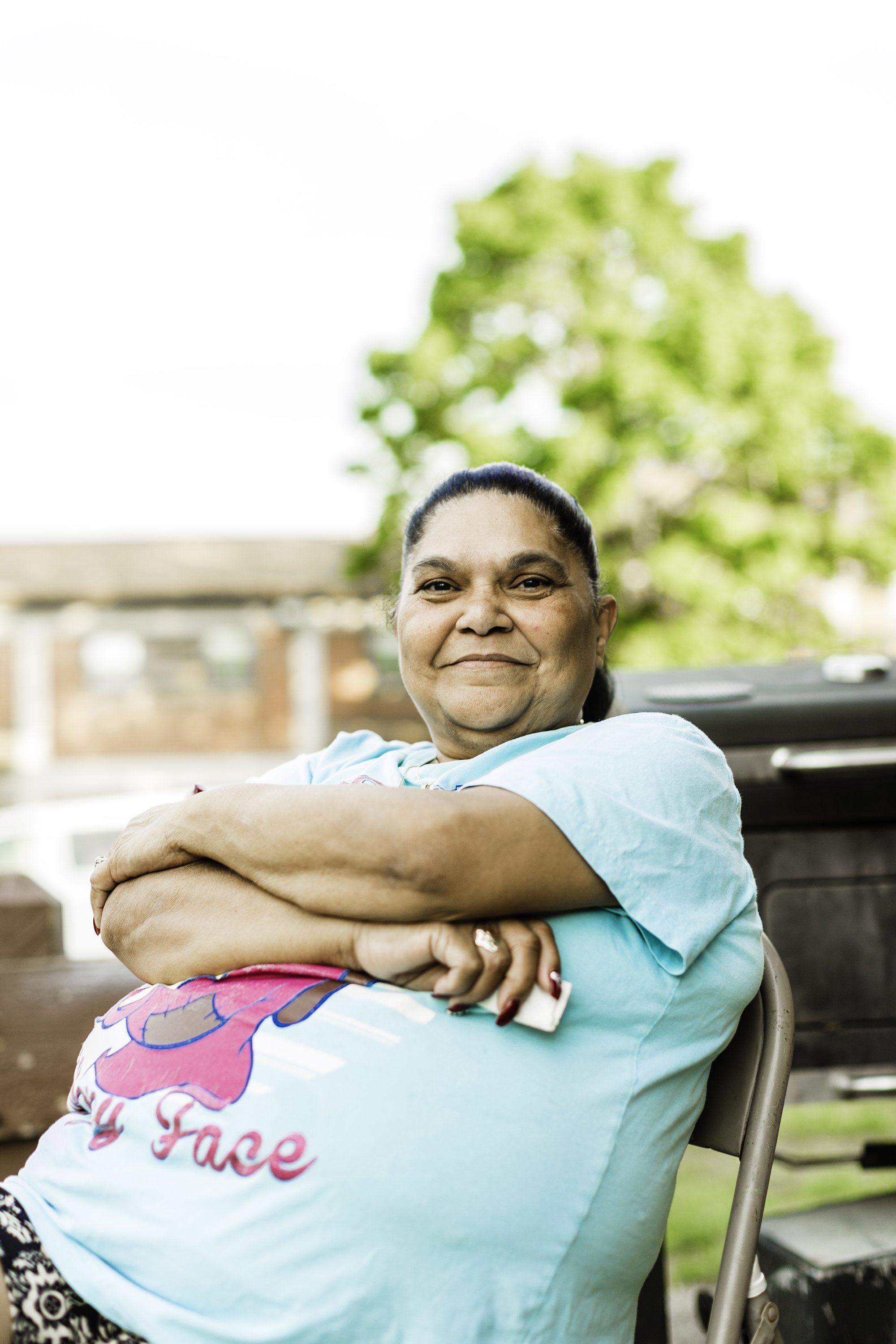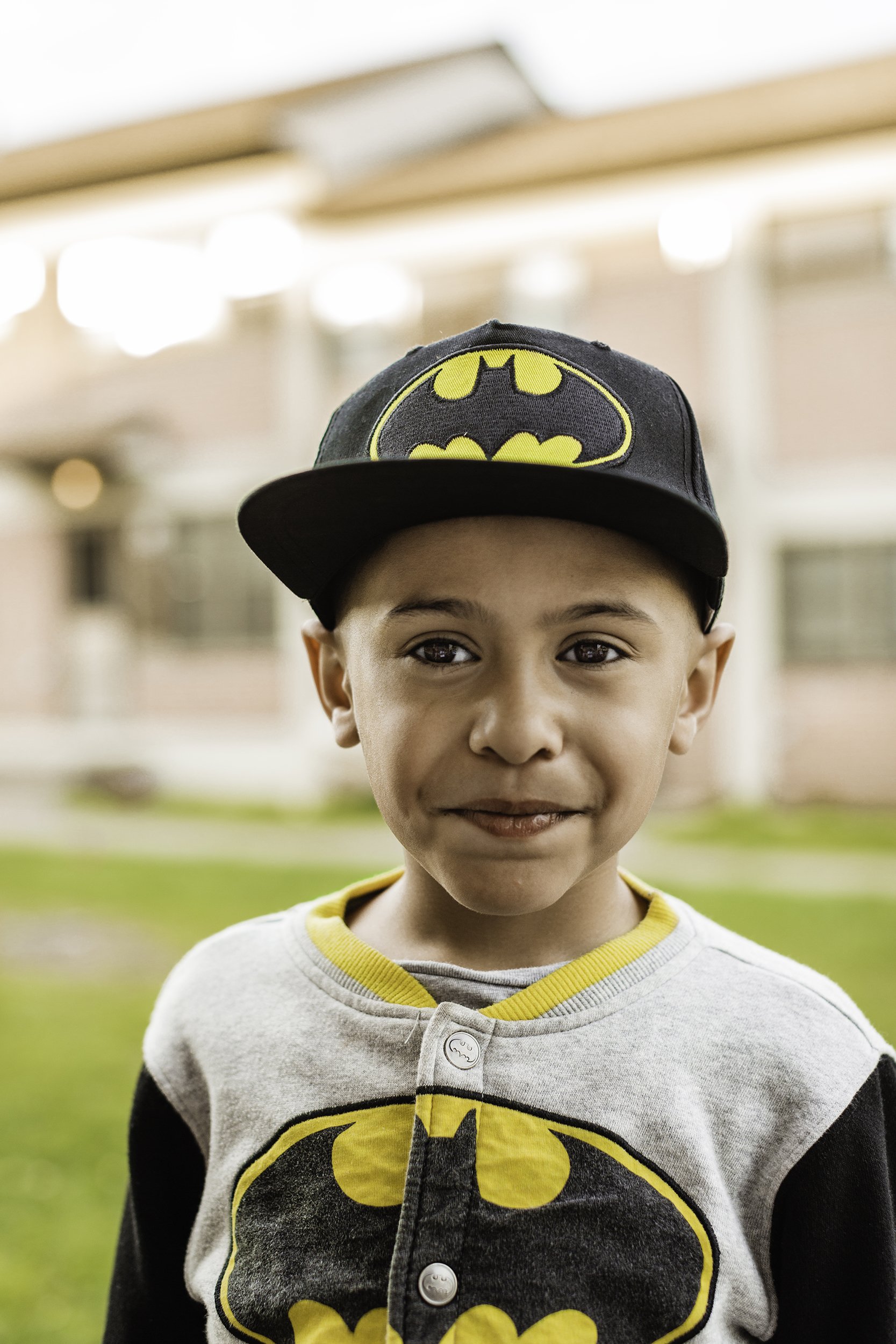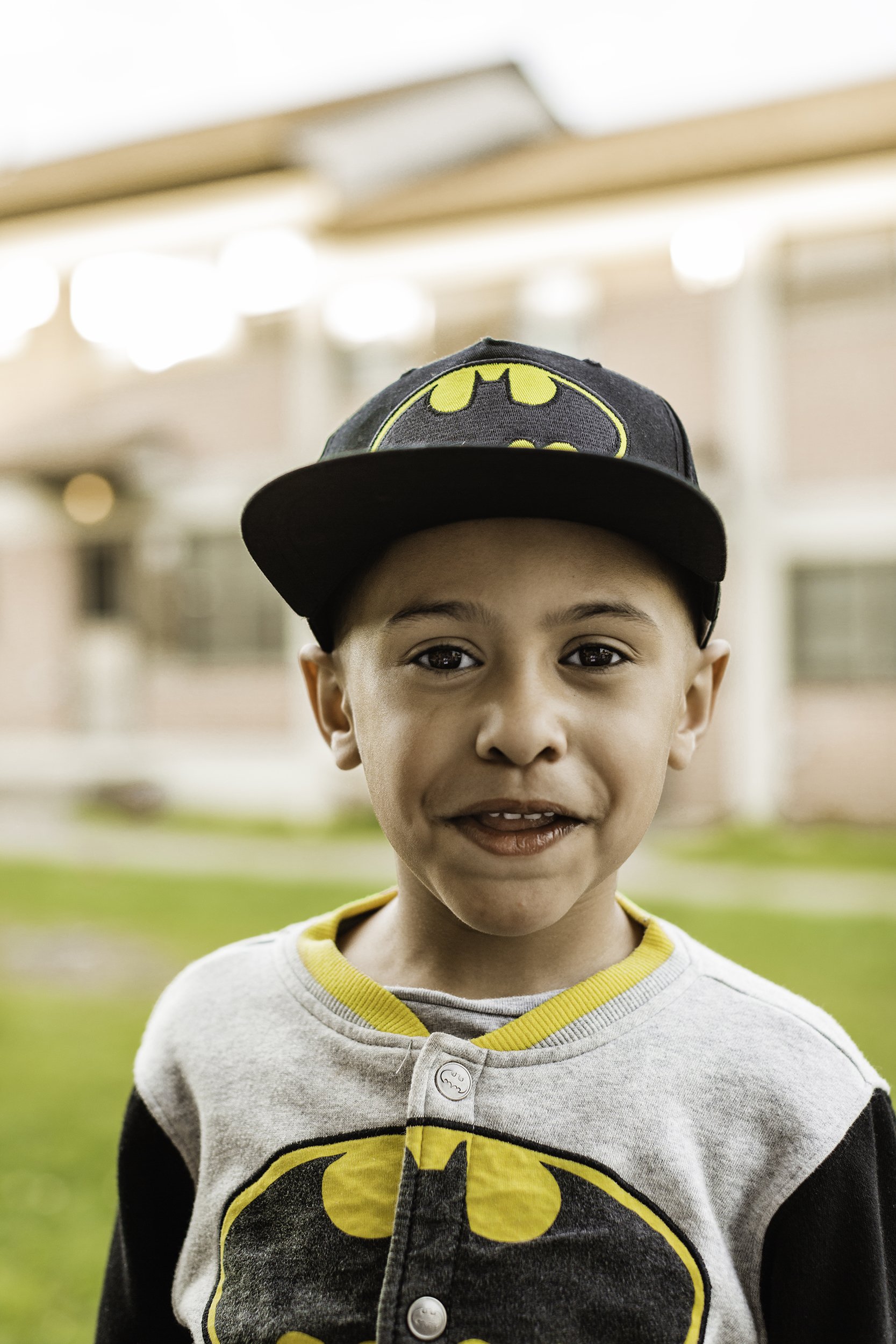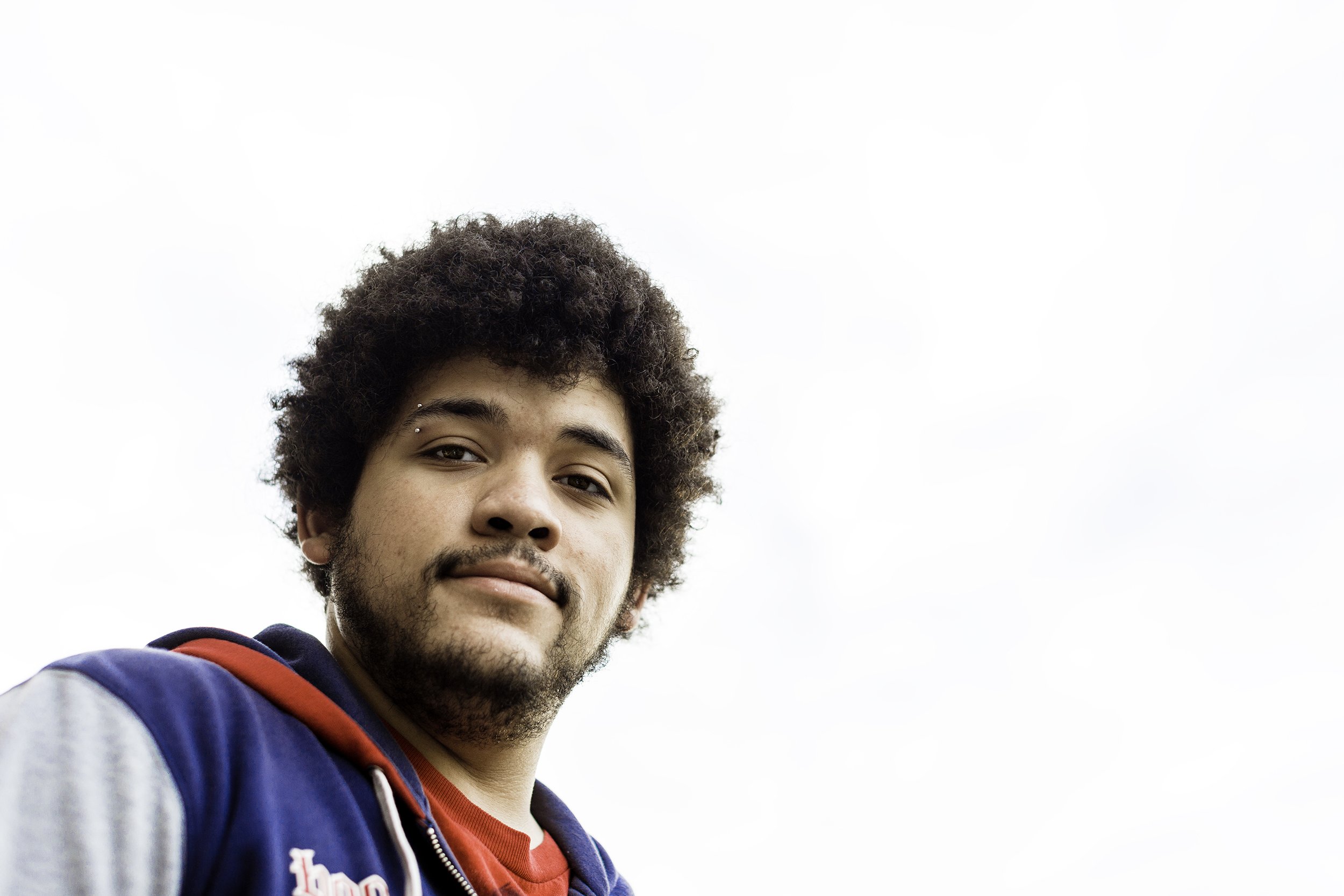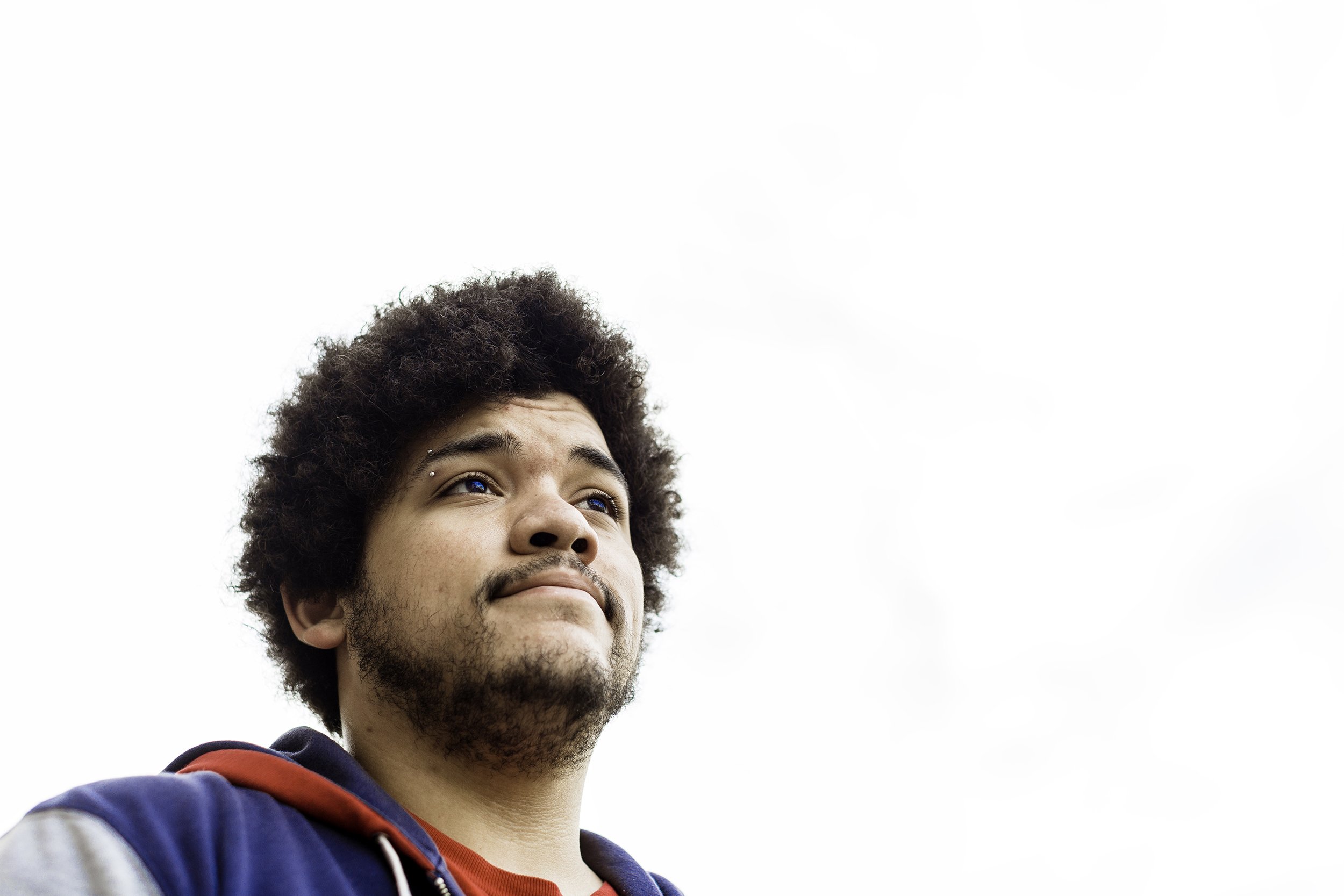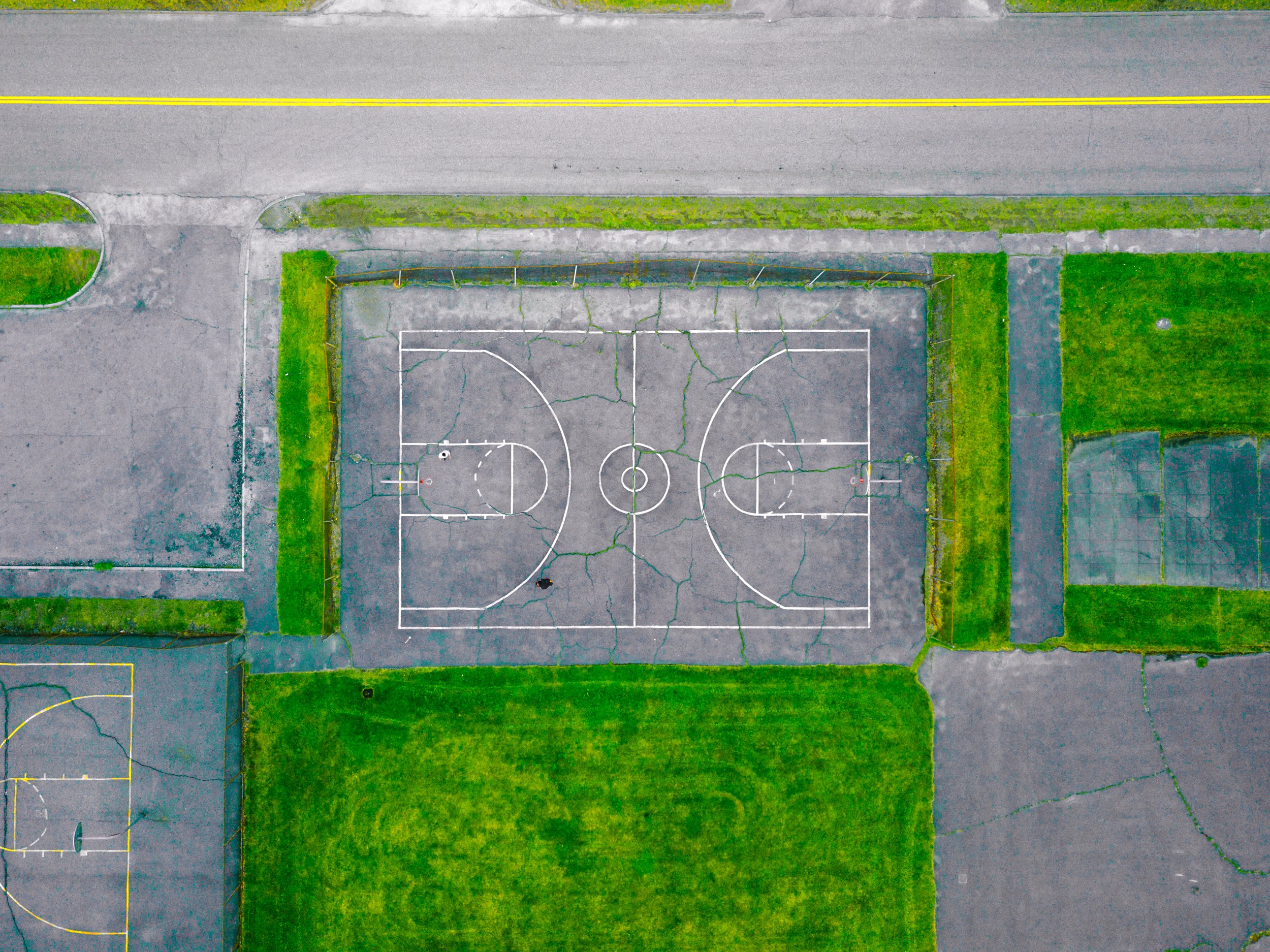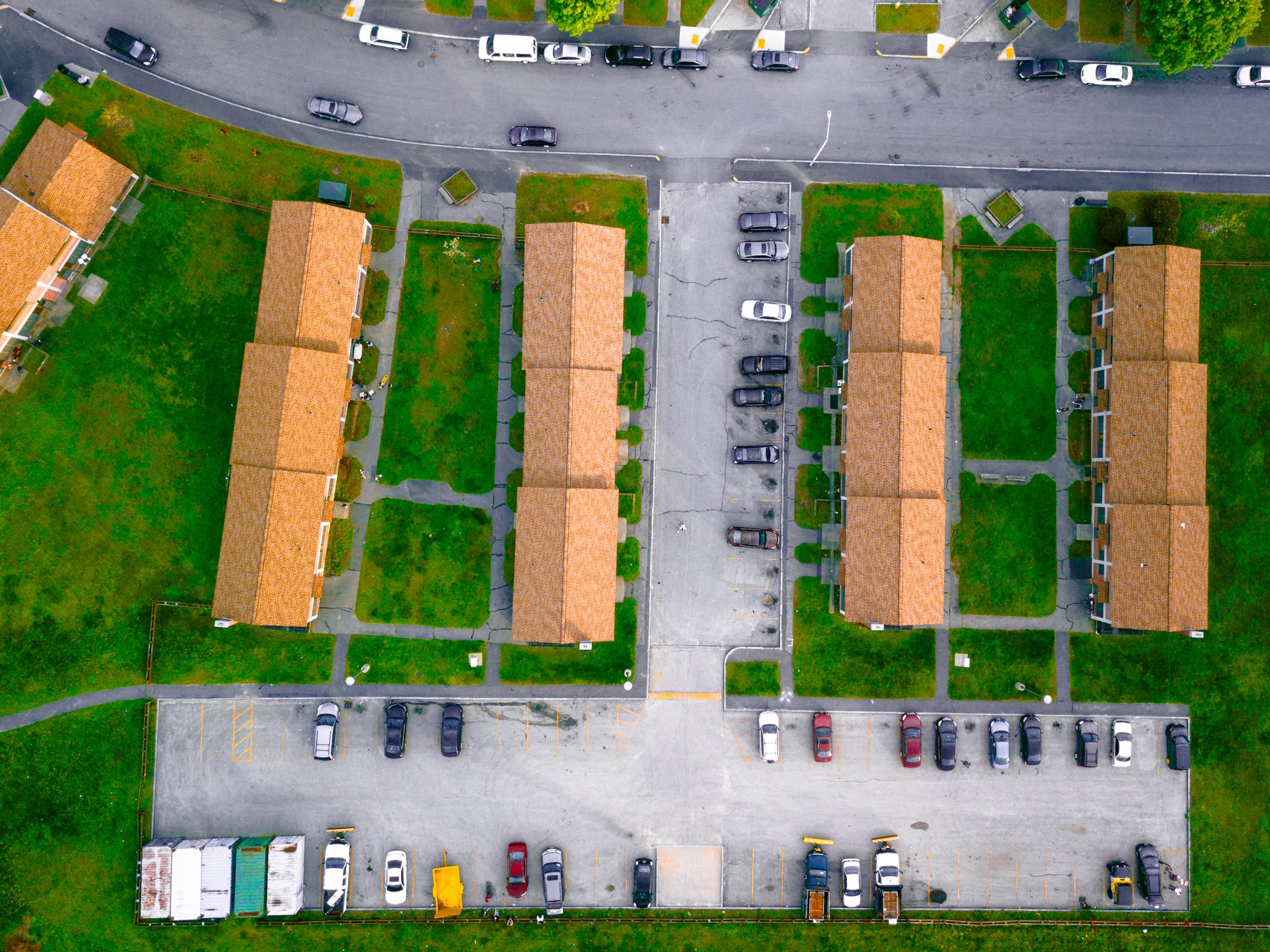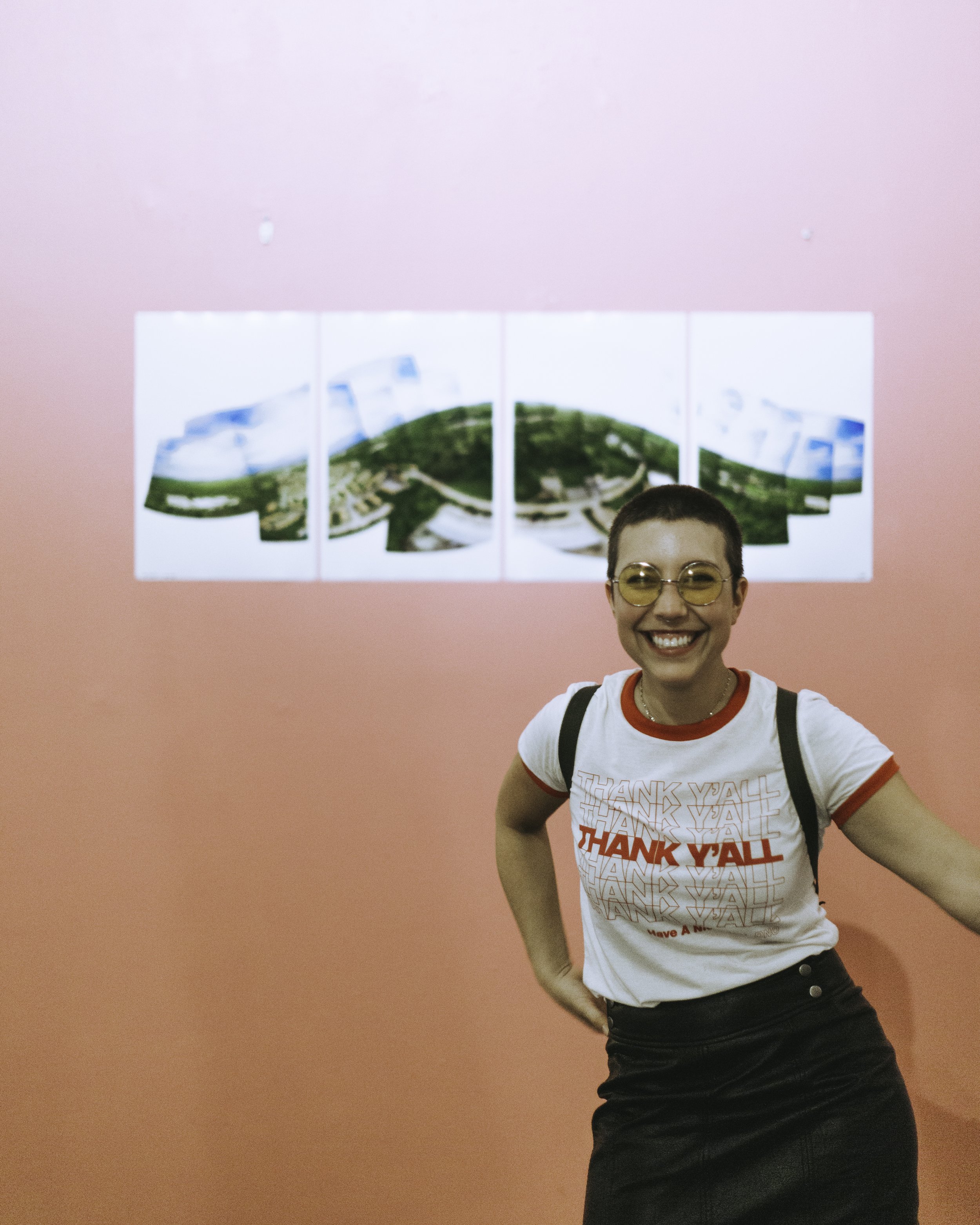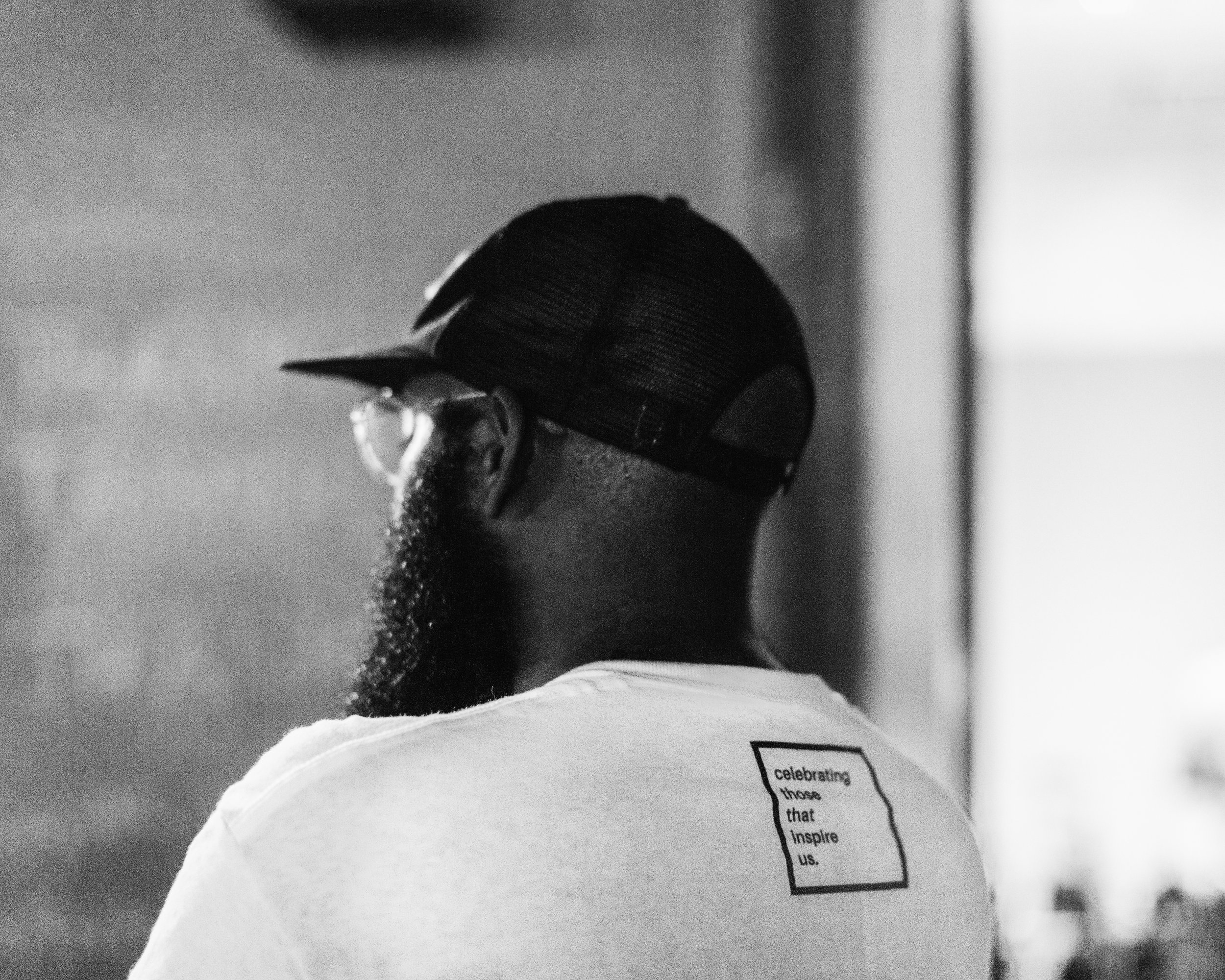shot in 2018 | great brook valley | worcester, ma
titi zaida
i’ve spent the better part of the last 12 years away from my immediate family. away from great brook valley. school, travel, and a move to new orleans have meant that i’ve spent little time with the individuals i grew up with. the collective that raised me. this also means that i’ve spent very little time in the environment that molded me. probably the thing that defined my identity the most during my youth. going back home these days rarely feels welcoming. distance and time have resulted in a disconnect from the place and people that molded me. the memories of my past exists, but the future doesn’t. the love from my family exists, but so does the hatred and anger. i left them in the valley in search for higher peaks.my little brother is stronger than i am. he’s gone through so much. alone. i always wonder where he might be if he were in my shoes… perhaps further. yea. further. sometimes it feels like i won the lottery and he was the person in line behind me. i miss seeing my aunt zaida regularly. she’s the glue of the family and is always smiling. she has so much life in her. i wonder about her too. she had to raise and look after the tribe. what did she dream of as a child?i have a lot of cousins i don’t know now. that seems wild to me. 99% of my time growing up was spent around my cousins. i guess one of the challenges of moving "forward" in life is that often times you have to leave people behind. it ain't their journey, it's yours. i’ve been reflecting a lot lately on life. how you pile on new experiences and older parts of yourself start getting further and further away. eventually, digging deep into the strata of your life, reflecting on the experiences and the people, is the only way to access those layers of the past.what have you been thinking of lately? have you reached the layer you were hoping to hit? . . . . .nephew #1
nephew #2
nephew #3
brother #1
brother #2
little cousin
1 on 1
2 on 2
us vs them
flying my drone over the valley was a wild moment for me... it made me reflect on the power of architecture and design. how it contains the capacity to inspire visions of a greater human existence and also has the capacity to do the exact opposite — to cause irreparable harm that often lasts generations. those 60 acres felt like the entire planet to me as kid — it was the only world i knew. for years it felt like there was no way to escape; to imagine an existence beyond the bricks was an impossible task. to be standing on the block that i grew up on, staring at it from 500 feet in the air, made me realize how the conditions on the ground distorted my perceptions of possibilities.
this is the block i grew up on. this is the block where i cracked my head open and nearly died. this is the block where cops pressed me cause i matched the description. i have family that’s lived here my entire life. my mother moved back to this block when i left for school and she had to downsize apartments — she would spend the rest of her years here before transitioning in 2019. this parking lot wasn’t there as a kid. it was a place for those pickup games of baseball — our own field of dreams. constitution avenue — this is the block that made me.
growing up in this environment, i wasn’t exposed to the language and knowledge needed to begin to comprehend how inequities are embedded in the built environment. i didn’t know what planning and architecture were — didn’t know any planners or architects! i didn’t know that there were licensed professionals who envisioned futures for others and that their decisions weren’t always birthed with the same level of care and intent for all people. i couldn’t grasp how the physical environment we resided in was part of a larger ecosystem — how the physical worlds we construct in the name of progress can cause harm to communities across the globe.
reflecting back on my childhood, i believe the seed to explore architecture was planted the moment i encountered the question “what is it about this neighborhood that doesn’t allow people to thrive?” i was walking down chino ave, paused near the basketball courts, and sat with the reality that there were families in view that had lived in great brook valley for generations. the valley as i knew it suddenly became metaphor. as i took stock of what i saw as neighborhood anchors — my homie’s dad who fixed appliances, the candy lady, the barbers; folks whose ingenuity and entrepreneurial spirit could rival any tech startup — i couldn’t help but question the physical environment’s role in the climb up and out the valley. how it prevented folks from the possibility of ascension.
in that moment, the architecture of the valley — the bricks as we called it — became a physical representation of the language i heard spoken about its residents; another way to articulate disdain and apathy. it became language. oppressive language.
in her 1993 nobel lecture, toni morrison — one of the greatest to ever hold a pen — said:
people were stuck in the valley, because the architecture that surrounded them was violent. it didn’t communicate love and compassion — didn’t afford the possibility to imagine a different reality.
if we think about and see architecture as language — as multi-dimensional representations of society’s ideas and ideals — what do our current landscapes say about the world? what do they need to look like to communicate the world we believe in? what will they say about us to those who come after? in a 100 years; or a 1000 years?
the valley and the peak
images from a pop-up installation w/ the homies cubs the poet and charly pierre


